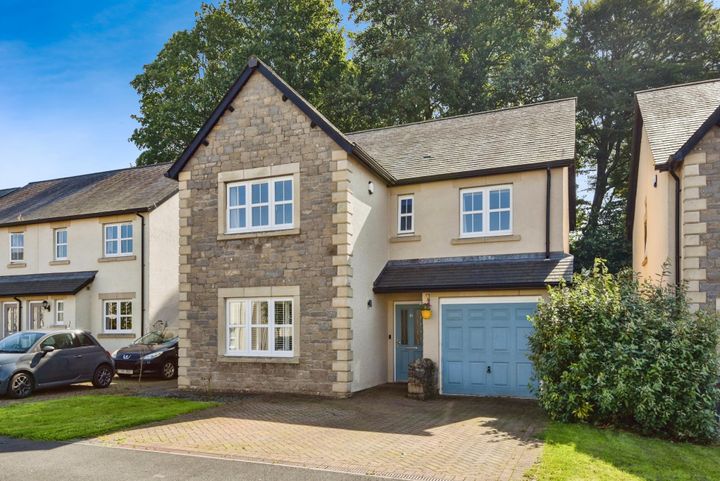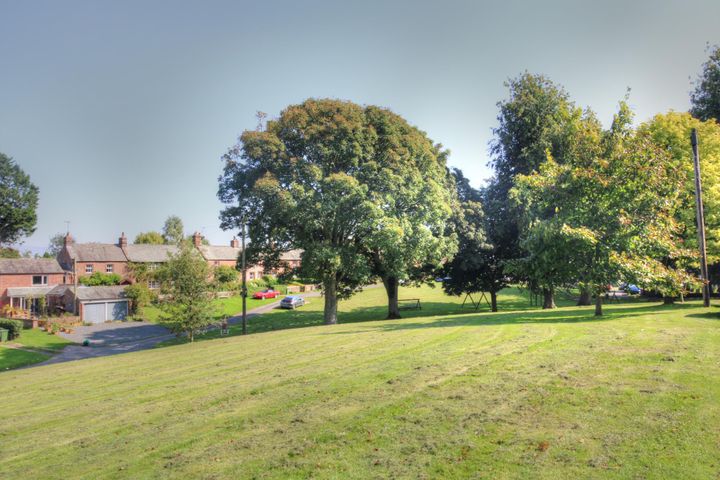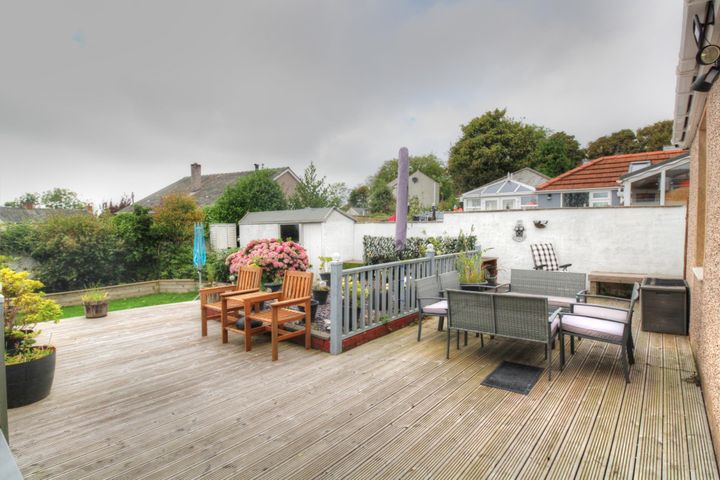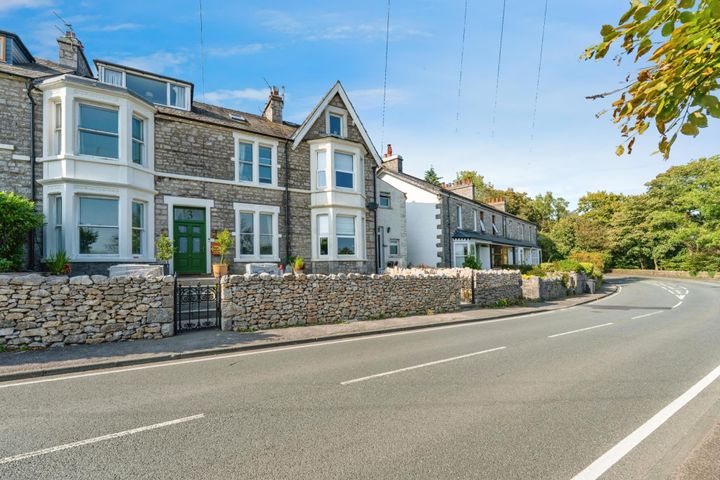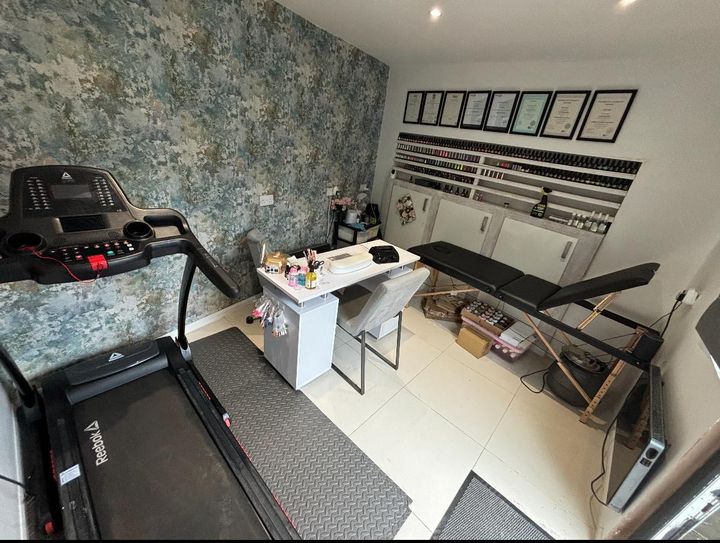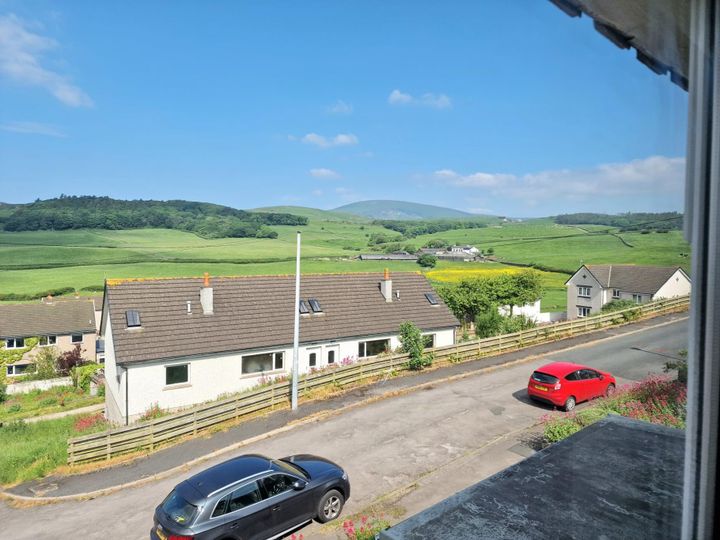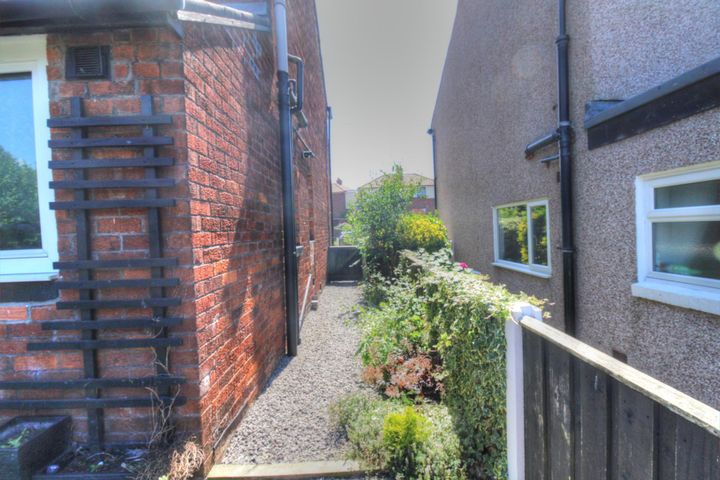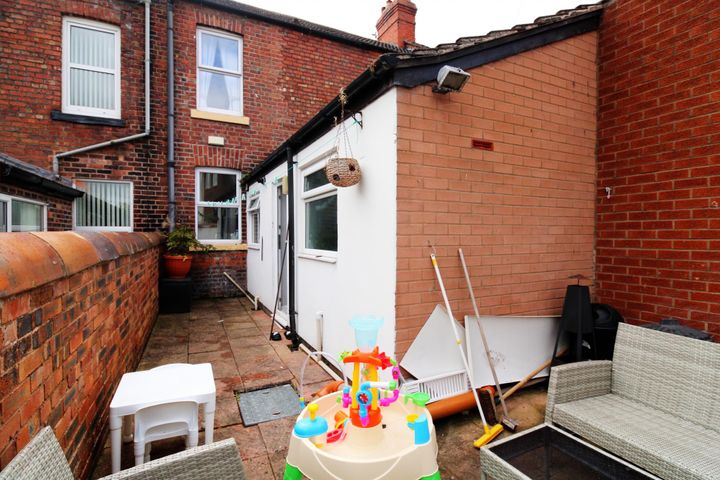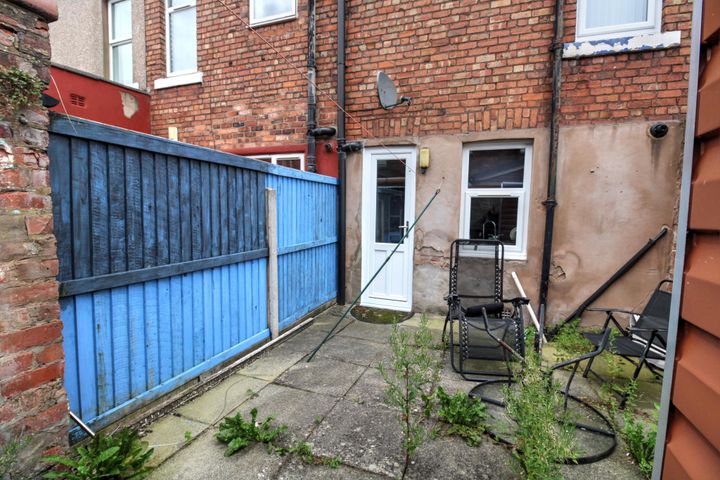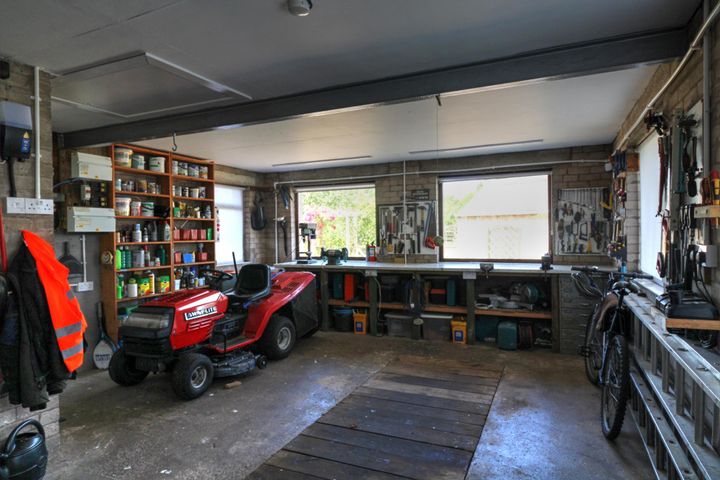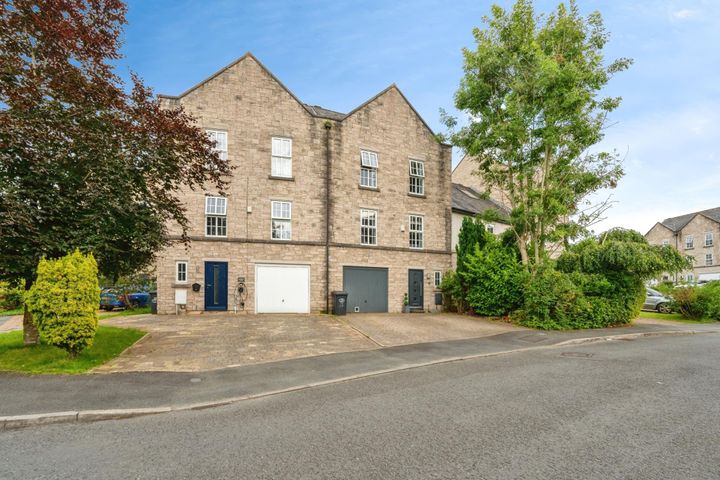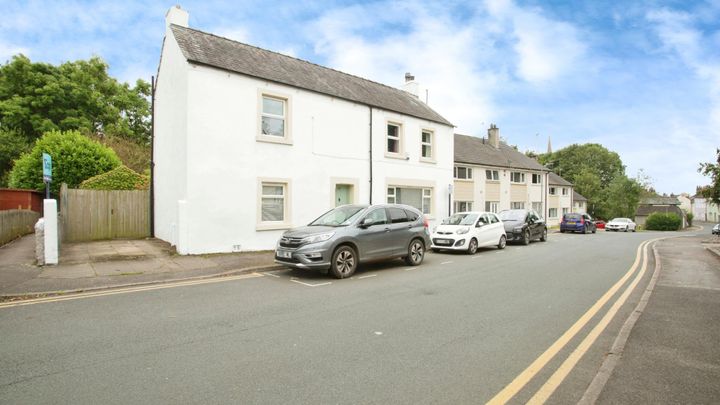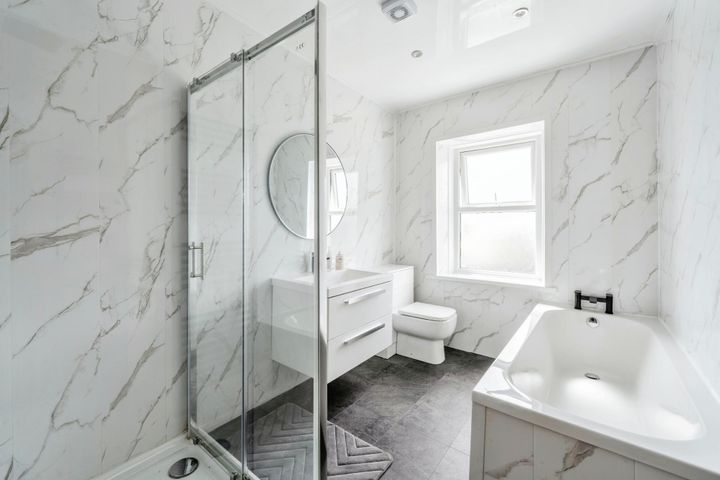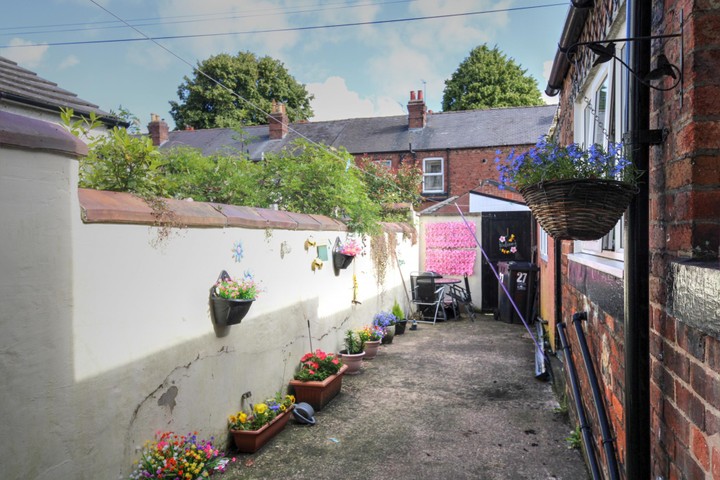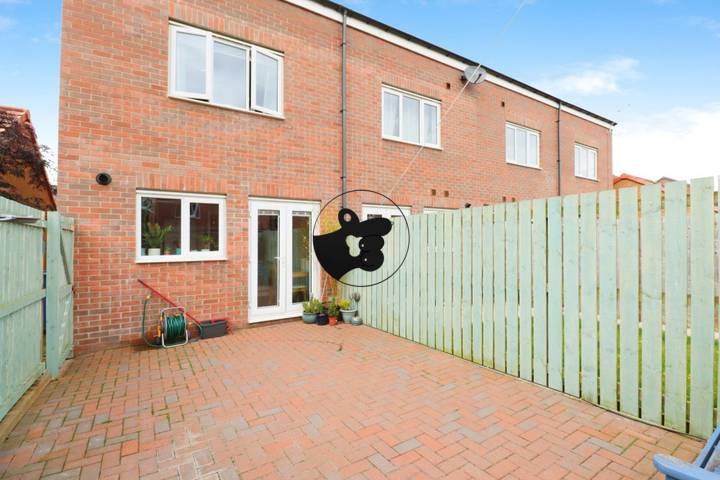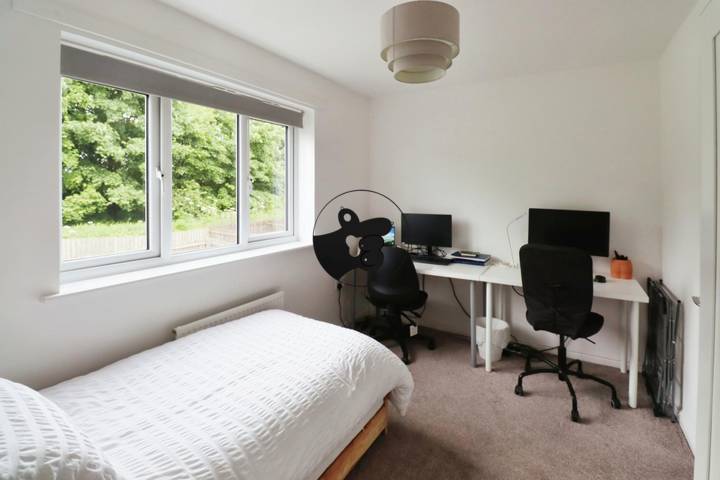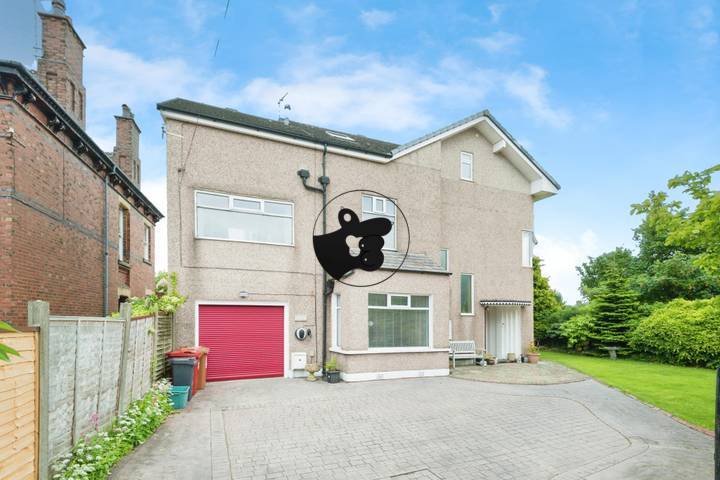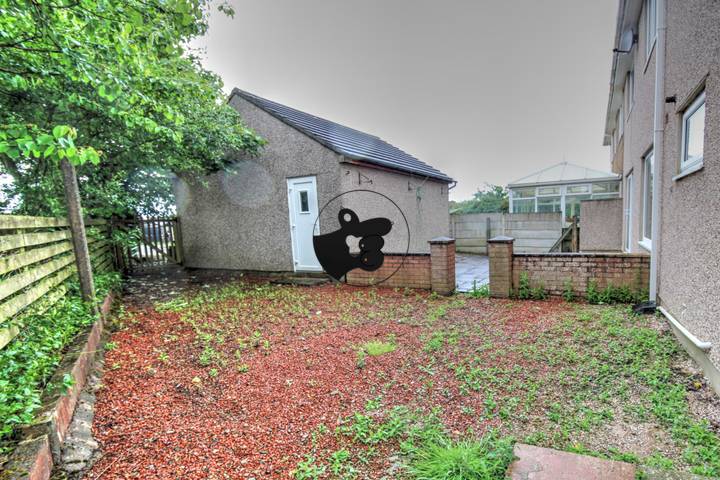Real estate prices in Cumbria are influenced by a variety of factors, including location, property type, local amenities, and economic conditions. Areas like Lake District National Park attract buyers seeking scenic views and outdoor activities, often driving prices higher compared to more urban regions like Carlisle or Barrow-in-Furness. The availability of local services, such as schools, healthcare, and shopping facilities, can also impact desirability; for example, properties in Penrith may command higher prices due to its good transport links and amenities. Economic factors, such as employment rates and the health of the tourism sector, particularly in popular spots like Ambleside and Keswick, further influence demand. Additionally, historical properties and unique architectural styles can be seen in villages like Grasmere, often fetching premium prices from buyers looking for character and heritage. Lastly, proximity to major transport routes, such as the M6 motorway, can affect accessibility and, consequently, property values.
Cumbria
Location
Price Range
Any price
Price Range
Minimum
No min
Maximum
No max
Property type
Show all
Property type
Show all
House
Apartment
Building
Other
Bedrooms
Any beds
Bedrooms
Minimum
No min
Maximum
No max
Surface Range
Any surface
Surface Range
Minimum
No min
Maximum
No max
Sale type
For sale
Sale type
Show all
To rent
For sale
Location
Apartments and houses for sale in Cumbria
22 results
Recent
Cumbria insights
| Aspect | Summary |
|---|---|
| Population | 498,000 |
| Average Property Price | £250,000 |
| Rental Yield | 5.2% |
| Average Rent | £1,200 |
| Occupancy Rate | 93% |
| Capital Growth Rate | 3.5% |
| Property Tax | 1.2% of property value |
| Transaction Costs | Approx. 4% of property price |
| Expected ROI | 8% per annum |
| Economic Growth Impact | Moderate, driven by tourism and agriculture |
Cumbria FAQ
What factors influence real estate prices in Cumbria?
How have real estate prices in Cumbria changed over the past few years?
Over the past few years, real estate prices in Cumbria have seen a significant uptick, largely driven by the demand for rural living, especially following the COVID-19 pandemic. In 2020, the average house price in Cumbria was around £200,000, but by 2023, this has increased to approximately £250,000, reflecting a rise of about 25%. Areas such as Keswick and Windermere have experienced some of the most notable increases; properties in Keswick that once sold for £300,000 are now fetching upwards of £400,000, while Windermere has seen average prices soar from £350,000 to nearly £500,000. This spike in demand has been further fueled by buyers seeking second homes or investment properties in picturesque locations, as well as the appeal of working remotely in a tranquil setting. Additionally, properties in smaller villages, such as Grange-over-Sands, have also become increasingly desirable, resulting in competitive offers and higher bids than the asking prices.
What is the average price of a house in Cumbria?
As of recent data, the average price of a house in Cumbria is approximately £220,000. This figure can vary significantly depending on the specific area within the county. For instance, properties in the picturesque town of Keswick, known for its stunning landscapes and proximity to the Lake District, may command prices around £300,000 or more, especially for larger family homes or those with scenic views. In contrast, towns like Workington and Whitehaven may see average prices closer to £150,000, making them more affordable for first-time buyers. The demand for holiday homes in areas such as Windermere can also elevate market prices, with some properties selling for upwards of £500,000. Overall, the housing market in Cumbria presents a diverse range of options reflecting the unique characteristics of its various locales.
Are housing prices in Cumbria higher in urban or rural areas?
Housing prices in Cumbria tend to vary significantly between urban and rural areas. In urban centers like Carlisle and Barrow-in-Furness, the availability of amenities, employment opportunities, and transport links typically results in higher property prices compared to rural locations. For instance, as of recent data, the average house price in Carlisle hovers around £180,000, attributed to its status as a regional hub. In contrast, rural areas such as Allerdale or the Lake District often present more affordable options, with average prices around £250,000 for properties that offer scenic views and more land. However, certain rural hotspots, such as Ambleside, can see prices skyrocket due to their popularity with tourists and second-home buyers, sometimes reaching upwards of £500,000. This price discrepancy reflects not just the location's amenities but also how lifestyle preferences shape the housing market in Cumbria.
How do real estate prices in Cumbria compare to neighboring regions?
Real estate prices in Cumbria generally offer a more affordable alternative compared to neighboring regions, such as Lancashire and North Yorkshire. For instance, the average house price in Cumbria hovers around £200,000, while just south in Lancashire, the median price can reach approximately £220,000. This price gap can largely be attributed to the rural nature of Cumbria, which, despite its natural beauty and outdoor recreational opportunities, lacks some of the urban amenities found in larger cities like Manchester or Liverpool. In certain market areas within Cumbria, such as Carlisle, prices might be even lower, with terraced homes starting at around £150,000. In contrast, properties in areas like the Yorkshire Dales, just across the border, can see costs significantly rise due to their desirability and limited supply, often exceeding £300,000 for similar types of homes. The differential can also be influenced by varying demand levels across these regions, with Cumbria attracting buyers seeking tranquility and scenic landscapes, as opposed to the bustling neighborhoods of its urban counterparts.
What is the trend for future real estate prices in Cumbria?
The trend for future real estate prices in Cumbria is expected to be influenced by several key factors, including economic shifts, demographic changes, and the ongoing demand for rural properties. In recent years, areas like the Lake District have seen increased interest from buyers seeking second homes or remote working opportunities, driving up prices in certain hotspots such as Keswick and Ambleside. The rise in interest rates could temper some of this demand, particularly for buyers reliant on mortgages, but the appeal of Cumbria’s scenic countryside may sustain interest from cash buyers. Additionally, the growing trend of urban professionals relocating to rural areas for a better quality of life might continue to support prices in regions like Carlisle and Penrith, where property remains relatively affordable compared to larger cities. However, accessibility to amenities and transport links will play a crucial role in determining which areas experience the most significant price increases.
What types of properties tend to be the most expensive in Cumbria?
In Cumbria, properties in highly sought-after areas such as the Lake District and affluent towns like Keswick and Ambleside tend to command the highest prices. Lakeside homes with stunning views of popular lakes such as Windermere and Ullswater are particularly valuable, often featuring elegant Victorian architecture or contemporary designs that blend with the natural surroundings. Similarly, substantial detached houses in larger towns like Carlisle or Penrith, especially those with large gardens, modern amenities, and proximity to schools, can also be quite costly. Furthermore, converted barns and luxury lodges in the rural countryside attract buyers looking for unique properties with high-end finishes and outdoor space. Historic properties, such as country estates or former manors, frequently appear on the market with price tags reflecting their heritage and distinctive character.



